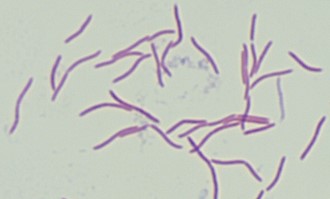Gut microbes isolated by liquid-liquid co-culture method
Gut microbes are relevant to human physiological functions and various diseases, and are of critical importance in various industrial fields including drug development; therefore, the isolation, cultivation, and classification of difficult-to-culture microorganisms and new species are essential for the development of new live biotherapeutic products. Several new species and difficult-to-culture microorganisms have been isolated by co-culturing, but there are few examples where liquid-liquid co-culture methods using liquid medium instead of solid medium have been used to isolate strains. Recently, a new culture method, liquid-liquid co-culture, which is expected to promote the growth and isolation of very small unknown bacterial species selected by filter filtration (pore size 0.45 µm) using stool diluent as growth support bacteria and the metabolites produced by the support bacteria, was used to isolate Waltera intestinalis (JCM 36211) with curved features. W. intestinalis has only been isolated from piglets so far, and this is the first time it has been isolated from humans. In addition to with W. intestinalis, Waltera acetigignens (JCM 36210 and JCM 36378), the second species of the genus Waltera, was also isolated in this study. The cell size of the isolates was found to be short and thin in the early stages of growth and became longer and thicker with increasing incubation time, suggesting that the isolates have the unique characteristic of filtering out in the early stages of culture and elongating later. The liquid-liquid co-culture method is not limited to the isolation of gut microbes but is expected to be applied to the isolation of microorganisms in various environments in the future.
 |
 |
| Waltera acetigignens JCM 36210 (light micrograph of cells) |
Waltera acetigignens JCM 36210 (scanning electron micrograph of cells) |




